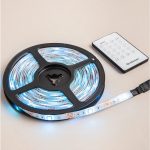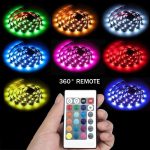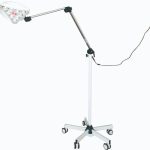LED Light Bulbs: The EnergyEfficient Lighting Solution Explained

Light bulbs have been around for more than a century, and they have come a long way since their inception. With the advancement of technology, the traditional incandescent light bulbs have been replaced by energy-efficient LED light bulbs. LEDs, or Light Emitting Diodes, have taken the lighting industry by storm, offering a greener, more cost-effective, and longer-lasting lighting solution. In this article, we’ll delve into the world of LED light bulbs and explore how they work, their advantages, and why they are the future of lighting. LED light bulbs are a type of solid-state lighting that uses semiconductors to convert electricity into light. Unlike incandescent bulbs that generate light by heating a filament, LEDs emit light through a process called electroluminescence. As a result, they use significantly less energy and produce a lot less heat, making them an ideal solution for homes and businesses looking to reduce their energy consumption and carbon footprint. LED light bulbs are also highly versatile, available in a range of colors and temperatures, and they can be used in a variety of applications, from residential lighting to commercial and industrial lighting.
What are LED Light Bulbs?
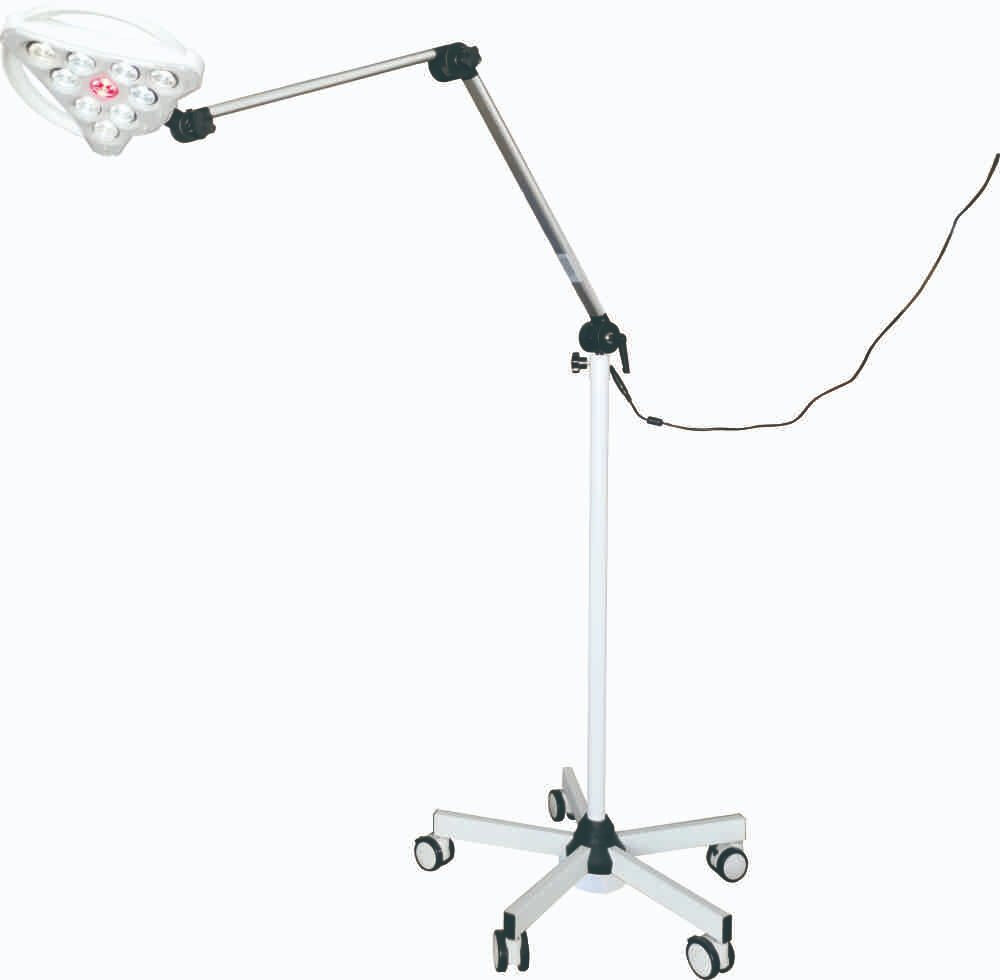
LED light bulbs are a type of energy-efficient lighting solution that has been gaining popularity in recent years. LED stands for light-emitting diode, which is a semiconductor device that emits light when an electric current is passed through it. LED light bulbs are designed to be more energy-efficient than traditional incandescent bulbs, which use a filament to produce light. LED bulbs use less energy to produce the same amount of light as incandescent bulbs, making them more cost-effective in the long run. One of the key benefits of LED light bulbs is that they have a longer lifespan than traditional bulbs. LED bulbs can last up to 25 times longer than incandescent bulbs, which means that they don’t need to be replaced as often. This makes them a more sustainable and environmentally friendly option. LED bulbs are also more durable than traditional bulbs, as they are made from materials that are less likely to break or shatter. Overall, LED light bulbs are an excellent choice for anyone looking to reduce their energy consumption and carbon footprint while still enjoying bright, efficient lighting.
LED light bulbs are a type of lighting solution that uses light-emitting diodes (LEDs) to produce light. Unlike traditional incandescent bulbs, LED bulbs do not use filaments to generate light, making them much more energy-efficient and longer-lasting. LED light bulbs are also much cooler to the touch than incandescent bulbs, making them safer for use in a variety of settings. Additionally, LED bulbs are available in a wide range of colors and brightness levels, allowing them to be used for a variety of purposes, from lighting up a room to providing accent lighting for a decorative display. Overall, LED light bulbs are a versatile and energy-efficient lighting solution that can be used in a variety of settings to provide high-quality, long-lasting illumination.
LED light bulbs, or Light Emitting Diodes, are the most energy-efficient lighting solution available today. Unlike traditional incandescent bulbs that use a filament to produce light, LEDs use semiconductors to convert electricity into light. When a current is passed through the semiconductor material, the electrons inside it are excited, releasing energy in the form of photons. These photons are then emitted as light. By using a more efficient process to produce light, LED bulbs consume less energy, last longer, and emit less heat than incandescent bulbs. Additionally, LED bulbs can produce a wide range of colors, making them ideal for a variety of lighting applications. Overall, LED light bulbs are a smart choice for those looking to reduce their energy usage and carbon footprint while enjoying high-quality lighting.
When it comes to lighting solutions, LED light bulbs have proven to be a game-changer. One of the biggest advantages of using LED light bulbs is their energy efficiency. Compared to traditional incandescent bulbs, LED bulbs can use up to 80% less energy, resulting in significant cost savings over time. Additionally, LED bulbs also have a much longer lifespan, lasting up to 25 times longer than incandescent bulbs. This means less frequent replacements and less waste. LED bulbs also emit less heat, making them safer to use and reducing the strain on air conditioning systems. With their energy efficiency, longevity, and safety benefits, LED light bulbs are the clear choice for anyone looking for a more sustainable and cost-effective lighting solution.
Why Choose LED Light Bulbs?
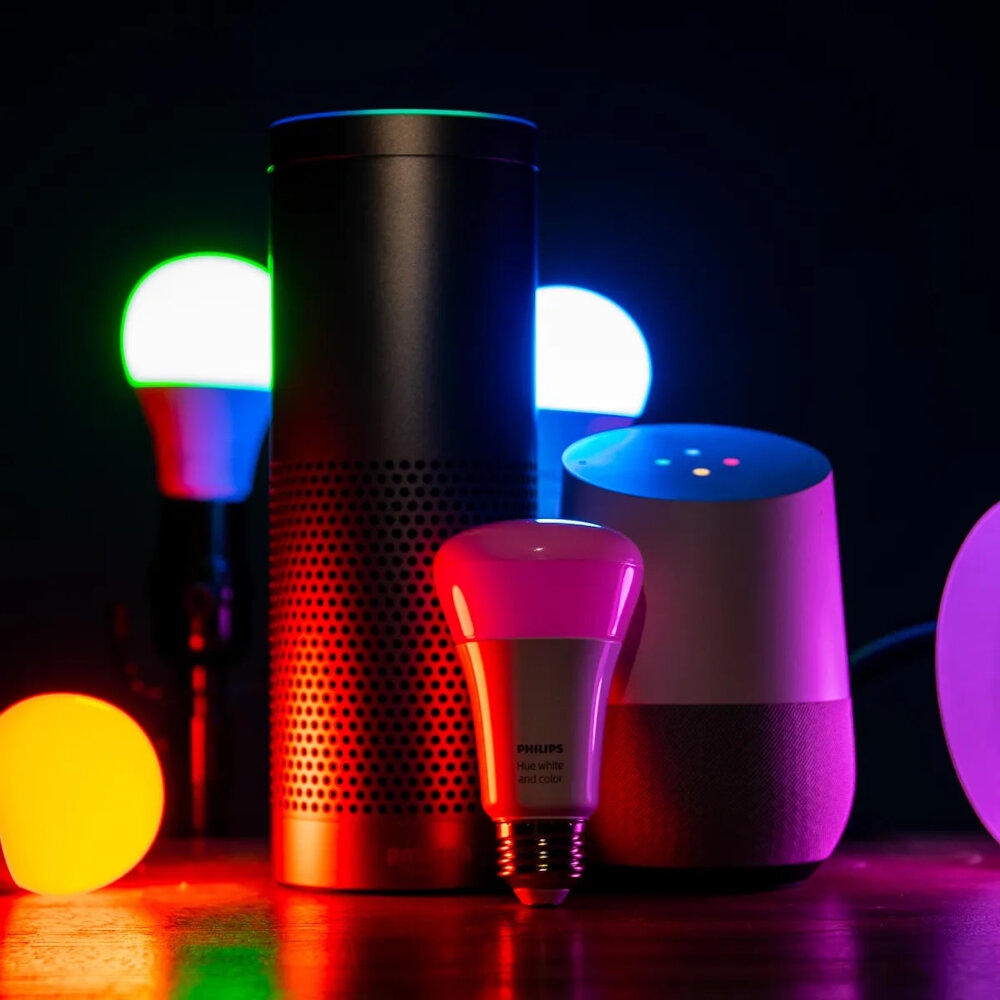
LED light bulbs have become increasingly popular due to their energy efficiency, longevity and cost-effectiveness. LED stands for Light Emitting Diode, which is a semiconductor device that emits light when an electric current is passed through it. Unlike traditional incandescent bulbs, LED bulbs do not rely on heating a filament to produce light, which means they use up to 90% less energy and last up to 25 times longer. This makes them an excellent choice for those looking to reduce their energy consumption and save money on their electricity bills. In addition to their energy efficiency, LED bulbs also offer a range of other benefits. They are available in a variety of brightness levels and colors, making them suitable for a range of applications, from task lighting to ambient lighting. They also emit less heat than traditional bulbs, making them safer to use, and are less prone to breakage due to their solid-state construction. With a lifespan of up to 50,000 hours, LED bulbs also require less maintenance than traditional bulbs, which means less time and money spent on replacing them. All of these factors make LED bulbs a smart and sustainable choice for both residential and commercial lighting needs.
Energy efficiency is a crucial aspect of modern living, and LED light bulbs are an excellent solution to reduce energy consumption. Compared to traditional incandescent bulbs, LED bulbs require significantly less electricity to produce the same amount of light, resulting in lower electricity bills and reduced carbon footprint. Additionally, LED bulbs have a longer lifespan, lasting up to 25 times longer than traditional bulbs, which means fewer replacements and less waste. They also emit less heat, making them safer and more comfortable to use in homes and workplaces. By switching to LED light bulbs, individuals can contribute to a more sustainable future while enjoying cost savings and improved lighting quality.
One of the most significant advantages of LED light bulbs is their cost-effectiveness. Although the initial cost of LED bulbs may be higher than traditional incandescent bulbs or compact fluorescent lamps (CFLs), the long-term savings in energy costs make them a wise investment. LED bulbs use up to 80% less energy and last up to 25 times longer than incandescent bulbs. This translates to a significant reduction in electricity bills and fewer bulb replacements, resulting in lower maintenance costs. Additionally, LED bulbs do not contain any hazardous materials, making them an eco-friendly choice that reduces waste and promotes sustainability. Overall, LED bulbs are a smart investment that provides both cost savings and environmental benefits.
LED light bulbs have revolutionized the lighting industry with their energy efficiency and long-lasting lifespan. Unlike traditional incandescent bulbs, which emit light by heating a filament, LED bulbs use semiconductors to convert electricity into light. This technology not only consumes less energy, but also produces less heat, making LED bulbs safer and more durable. LED bulbs can last up to 25,000 hours, which is 25 times longer than incandescent bulbs, making them a cost-effective and sustainable lighting solution. These bulbs are available in a wide range of colors and styles, making them suitable for any setting, from residential homes to commercial buildings. With their long-lasting durability and energy efficiency, LED bulbs are the future of lighting.
Environmentally friendly refers to products or practices that are designed to have minimal impact on the environment. LED light bulbs are one such product that can significantly reduce energy consumption and carbon footprint. Unlike traditional incandescent bulbs, LED bulbs use less energy and last much longer. This means that fewer bulbs need to be produced and disposed of, reducing the amount of waste and pollution generated. Additionally, LED bulbs do not contain hazardous materials such as mercury, making them safer for both the environment and human health. By choosing LED bulbs, individuals and businesses can contribute to a more sustainable future while also enjoying the benefits of energy-efficient lighting.
Types of LED Light Bulbs
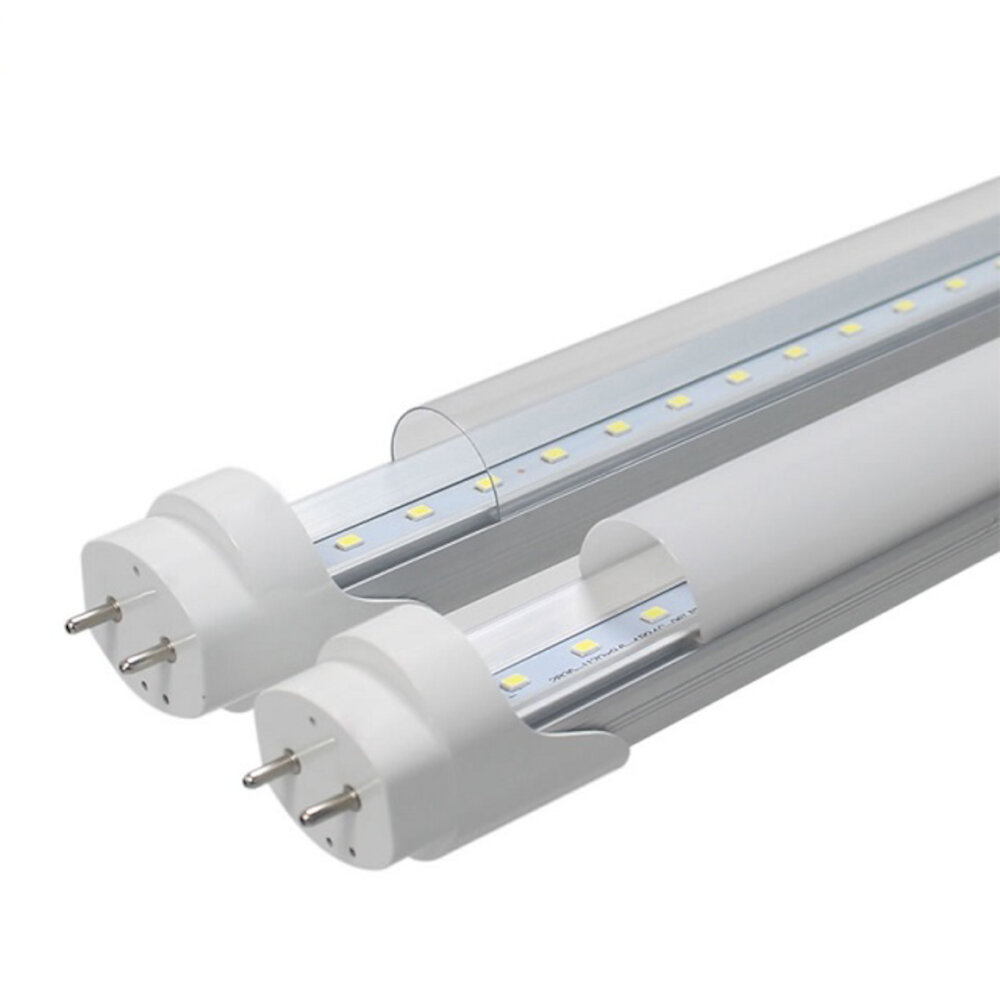
LED light bulbs have revolutionized the lighting industry by providing energy-efficient and long-lasting lighting solutions. They are available in various types, each with unique features and advantages. The different types of LED light bulbs include A-shaped, globe, MR16, PAR, and tube lights. A-shaped LED bulbs are the most common type and are designed to replace traditional incandescent bulbs. They are available in different wattages and color temperatures and can be used in a variety of fixtures, including table lamps, floor lamps, and ceiling fixtures. Globe LED bulbs are similar to A-shaped bulbs but have a round shape and are ideal for use in pendant lights and vanity fixtures. MR16 LED bulbs are commonly used in track lighting and are available in different beam angles, making them suitable for accent lighting. PAR LED bulbs are used for outdoor floodlights and spotlights and are available in different wattages and beam angles. Finally, tube LED lights are commonly used in commercial and industrial settings, such as warehouses and factories, and are available in various lengths and color temperatures. Understanding the different types of LED bulbs can help you choose the right one for your lighting needs while saving money and energy.
General Purpose LED bulbs are a type of LED light bulb that can be used for a variety of purposes, including in homes, offices, and commercial spaces. These bulbs are designed to be energy-efficient, long-lasting, and environmentally friendly, making them an ideal choice for anyone looking to reduce their carbon footprint. With their low heat emission and high brightness, general purpose LED bulbs are a popular alternative to traditional incandescent bulbs. They come in a range of colors and styles, from warm white to cool white, and can be used in a variety of fixtures, including table lamps, overhead lights, and outdoor fixtures. Whether you’re looking to save money on your energy bills or simply want to do your part for the environment, general purpose LED bulbs are an excellent choice for any lighting need.
Decorative LED bulbs are a popular choice for those looking to add a touch of style and ambiance to their lighting. With a range of colors, shapes, and designs available, these bulbs can enhance the look and feel of any room. Whether you prefer a soft warm glow or a bright and colorful display, there’s a decorative LED bulb to suit your needs. In addition to their aesthetic appeal, LED bulbs are also energy-efficient, making them a cost-effective and eco-friendly lighting solution. So, whether you’re looking to create a cozy atmosphere in your living room or add some flair to your outdoor space, decorative LED bulbs are a versatile and practical choice.
Outdoor LED bulbs provide an energy-efficient lighting solution for illuminating outdoor spaces, such as gardens, patios, and driveways. These bulbs are designed to withstand harsh weather conditions and can last up to 25 times longer than traditional incandescent bulbs. In addition to their durability and longevity, LED bulbs are also more cost-effective, consuming only a fraction of the energy used by incandescent bulbs. They also emit less heat, making them safer to use in outdoor areas. With a wide range of colors and designs, outdoor LED bulbs offer a versatile and stylish lighting solution that can enhance the ambiance of any outdoor space while reducing energy consumption and costs.
Smart LED bulbs are the latest innovation in lighting technology, offering a range of advanced features that make them both convenient and energy-efficient. These bulbs can be controlled remotely using a smartphone app or voice commands, allowing you to turn them on or off, dim them, or even change their color from anywhere in the room. They can also be set to automatically turn on and off at specific times or based on your location, making them a great choice for home automation systems. What’s more, smart LED bulbs are highly energy-efficient, using up to 80% less energy than traditional incandescent bulbs, and lasting up to 25 times longer, which means you’ll save money on your energy bills and reduce your carbon footprint. With their advanced features and energy-saving benefits, smart LED bulbs are the perfect choice for anyone looking to upgrade their home lighting system.
How to Choose the Right LED Light Bulb?
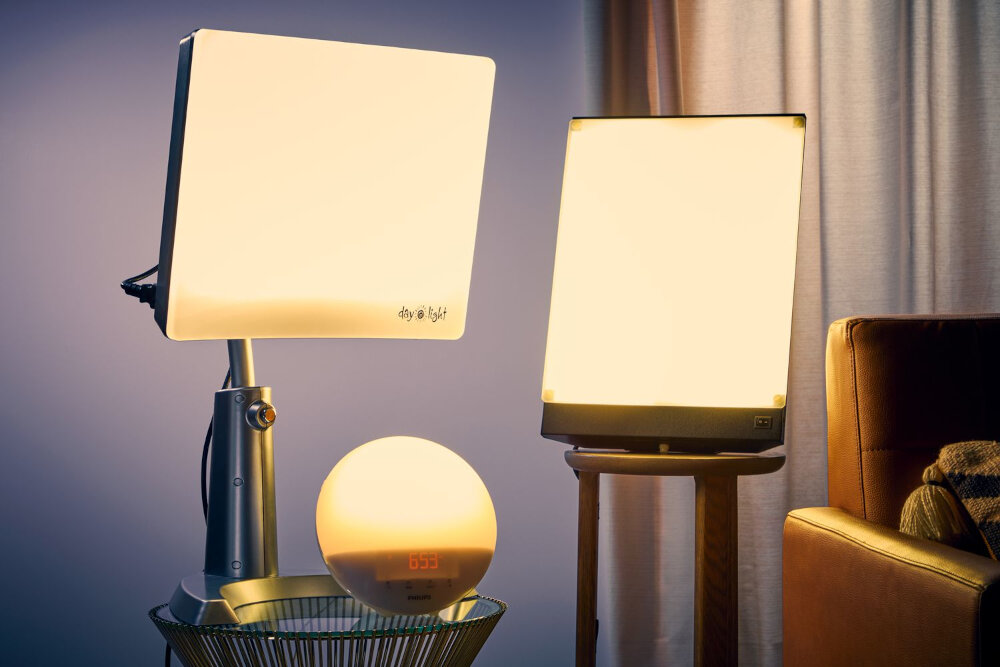
When it comes to making the switch to LED light bulbs, choosing the right one can feel overwhelming. With so many options on the market, it can be difficult to know where to start. However, taking the time to consider a few key factors can help you choose the LED light bulb that will best meet your needs. Firstly, you should consider the brightness of the bulb. The brightness of an LED bulb is measured in lumens, which can be found on the packaging. To determine the brightness you need, consider the room and its purpose. For example, a bedroom may require a lower lumen bulb than a kitchen or living room. Next, you should consider the color temperature of the bulb. Color temperature is measured in Kelvins and refers to how warm or cool the light appears. A lower Kelvin number means the light will have a warmer, more yellowish tone, whereas a higher Kelvin number will give off a cooler, bluish light. Finally, you should consider the bulb’s lifespan and energy efficiency. LED bulbs are known for their long lifespan, but it’s still important to check the packaging and choose a bulb that will last as long as possible. Additionally, choosing an LED bulb with a high energy efficiency rating will help you save money on your electric bill. One of the biggest advantages of LED light bulbs is their energy efficiency, which can help you save money on your electric bill. However, not all LED bulbs are created equal when it comes to energy efficiency. When choosing an LED bulb, you should look for ones with the ENERGY STAR label. This label indicates that the bulb meets strict energy efficiency guidelines set by the U. S. Environmental Protection Agency. Additionally, you should look for bulbs with a high lumens per watt (LPW) rating. This rating indicates how much light the bulb produces per watt of energy used. The higher the LPW rating, the more energy efficient the bulb is. Another important factor to consider is the bulb’s dimming capabilities. Not all LED bulbs are compatible with dimmer switches, so it’s important to check the packaging or consult with a salesperson before making a purchase. Finally, you should consider the shape and size of the bulb. LED bulbs come in a variety of shapes and sizes, so it’s important to choose one that will fit in your fixture. Additionally, some LED bulbs are designed to be used in enclosed fixtures, while others are not. Checking the packaging for this information can help you avoid potential safety hazards.
Wattage and Lumens are two essential terms when it comes to LED light bulbs, which are the most energy-efficient lighting solutions available in the market. Wattage refers to the amount of energy consumed by the bulb, whereas Lumens represent the brightness of the light produced. In the past, we used to choose bulbs based on their wattage. However, with the introduction of LED bulbs, the wattage is not the only factor to consider. Lumens can vary significantly between bulbs with the same wattage, making it crucial to understand the relationship between wattage and lumens. By selecting the right combination of wattage and lumens, we can achieve the desired level of brightness while minimizing energy consumption and reducing our carbon footprint.
Color temperature is a crucial factor to consider when choosing LED light bulbs. It refers to the color of light emitted by the bulb and is measured on the Kelvin (K) scale. Lower Kelvin numbers produce a warm, yellowish light, while higher Kelvin numbers produce a cool, bluish light. The color temperature you choose depends on the mood and ambiance you want to create in your space. A warm light is ideal for creating a cozy and intimate atmosphere in a living room or bedroom, while a cool light is perfect for task-oriented spaces like kitchens and workspaces. With LED technology, you have the flexibility to choose from a wide range of color temperatures, making it easy to create the perfect lighting for any room in your home.
LED light bulbs come in a range of shapes and sizes to suit different fixtures and applications. The most common shapes are A-shape, which resembles traditional incandescent bulbs, and BR-shape, which is used for directional lighting. Other shapes include globe, candle, and tube. The size of the bulb is also an important factor to consider, as it determines the amount of light output and the fitting. LED bulbs come in different base types, such as E26, E12, and GU10, which fit into different sockets. Choosing the right shape and size of LED bulb ensures optimal performance and energy efficiency.
Dimmability refers to the ability of a lighting system to adjust its brightness according to the user’s preference. LED light bulbs are highly versatile in this aspect as they can be easily dimmed, providing a more comfortable and customizable lighting experience. This feature not only allows for better control over the lighting ambiance but also contributes to energy conservation by reducing the amount of light output when not required. Additionally, dimmable LED light bulbs can extend their lifespan and reduce maintenance costs. With the advancement of technology, dimming LED light bulbs has become more efficient, reliable, and cost-effective, making them an ideal lighting solution for homes, offices, and public spaces.
LED light bulbs are an energy-efficient lighting solution that offers numerous benefits over traditional incandescent bulbs. Firstly, they consume significantly less energy, resulting in lower electricity bills and reduced carbon footprint. Secondly, they last much longer, reducing the need for frequent replacements and decreasing waste. Additionally, LED bulbs emit less heat, making them safer and cooler to the touch. They are also available in a wide range of color temperatures and brightness levels, allowing for customizable lighting experiences. Finally, LED bulbs are mercury-free, making them a more environmentally friendly option. All of these benefits make LED light bulbs a smart and responsible investment for anyone looking to save money and reduce their impact on the environment.
In conclusion, choosing LED light bulbs for your home or business can provide a multitude of benefits. LED bulbs are energy-efficient, long-lasting and offer a range of color temperatures and brightness levels. They are also environmentally friendly, as they do not contain harmful chemicals and can be recycled. Additionally, LED technology has advanced significantly in recent years, allowing for more affordable pricing and increased options for dimming and smart home integration. Overall, investing in LED light bulbs can save you money on energy bills, reduce your carbon footprint, and provide a comfortable and customizable lighting atmosphere.
Conclusion
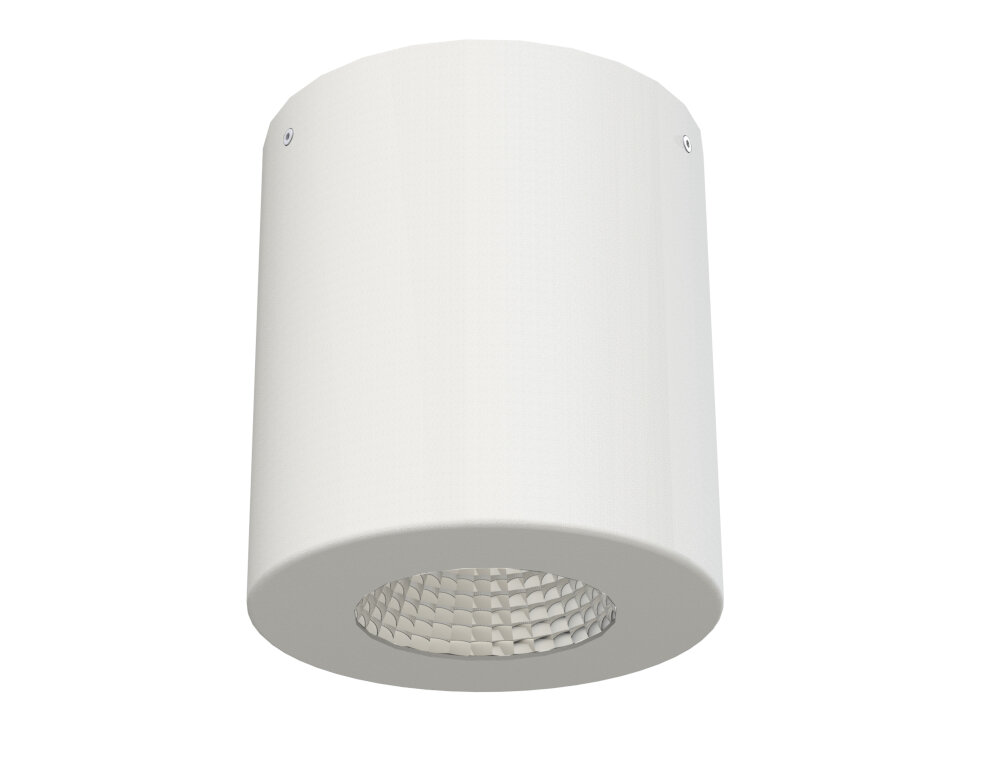
In conclusion, LED light bulbs are indeed the energy-efficient lighting solution that we need in today’s world. With their long lifespan, low energy consumption, and low environmental impact, they are the perfect replacement for traditional incandescent bulbs. LED bulbs are not only cost-effective but also provide excellent quality lighting that is suitable for various applications. They are a smart investment for anyone looking to save money on their energy bills and contribute to the preservation of the environment. Overall, LED light bulbs are an excellent choice for those who want to embrace a more sustainable lifestyle and make a positive impact on the world.

